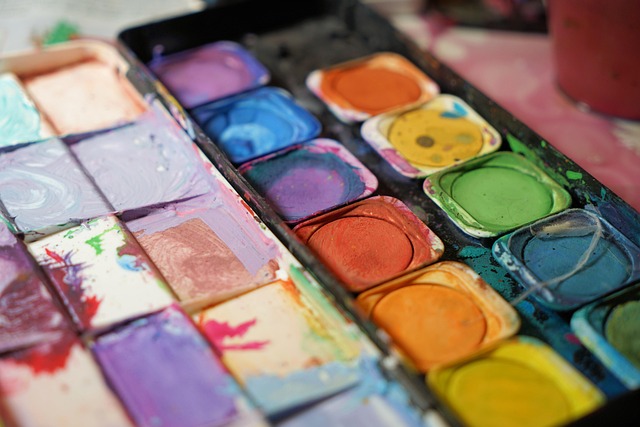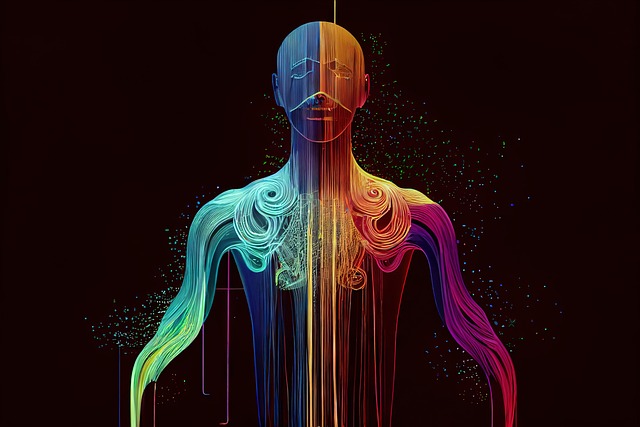The world of game design is an exhilarating blend of creativity and technical skill. At the core of this thrilling experience lies the intricate relationship between art and design, two elements that harmoniously coexist to create breathtaking visuals that captivate players. Whether it’s a sprawling fantasy landscape or a meticulously crafted character, the intersection of these two disciplines forms the backbone of memorable gaming experiences.
Art in game graphics is not merely about aesthetic appeal; it’s about building a world that feels alive and immersive. Artists are tasked with bringing entire universes to life, where every shade of color, form of shape, and texture tells a story. Imagine wandering through a lush forest, where dappled sunlight filters through the leaves, or facing a formidable dragon, its scales glistening with detail. Such visuals not only enhance gameplay but also evoke emotional responses, making players feel as though they are part of the narrative.
On the other hand, design serves as the framework that supports this artistic vision. It involves a careful balance of functionality and form, ensuring that every artistic element is not only appealing but also serves a purpose within the game. Thoughtful design choices can enhance player interaction, guiding them through the world seamlessly. Timeless classics have proven that effective design can transform a player’s experience, engaging them in ways that become unforgettable.
The successful marriage of art and design creates a synergy that fosters innovation within game design. Developers experiment with various styles—from hyper-realistic graphics to charming pixel art—allowing players to connect with their games on a deeper level. This diversity of visual expression leads to unique storytelling opportunities, as each visual style has the capability to convey a different mood and atmosphere.
In many ways, the evolution of game graphics mirrors the advancement of technology. As rendering capabilities improve, artists and designers push the boundaries of what is possible, crafting increasingly intricate details and breathtaking scenery. However, rather than purely relying on technological prowess, there is a prevalent desire to incorporate genuine artistry and emotional depth into game worlds, establishing a heartfelt connection between the game and its players.
The decision-making process in game design often involves constant collaboration between artists and designers. This ongoing dialogue ensures that artistic visions align with gameplay requirements, leading to a cohesive final product. Iteration and feedback loops become essential, as creative teams explore how both elements can enhance one another. The result is a visually stunning experience that feels intuitively designed, where players can lose themselves in every pixel.
As players, we recognize that visual aesthetics play a significant role in our enjoyment and engagement with games. They transport us to new realms, challenge our perspectives, and inspire our imaginations. The artistry and design in game graphics are more than just decoration; they are essential components that shape our gaming experiences and leave lasting impressions long after we’ve put down the controller.




